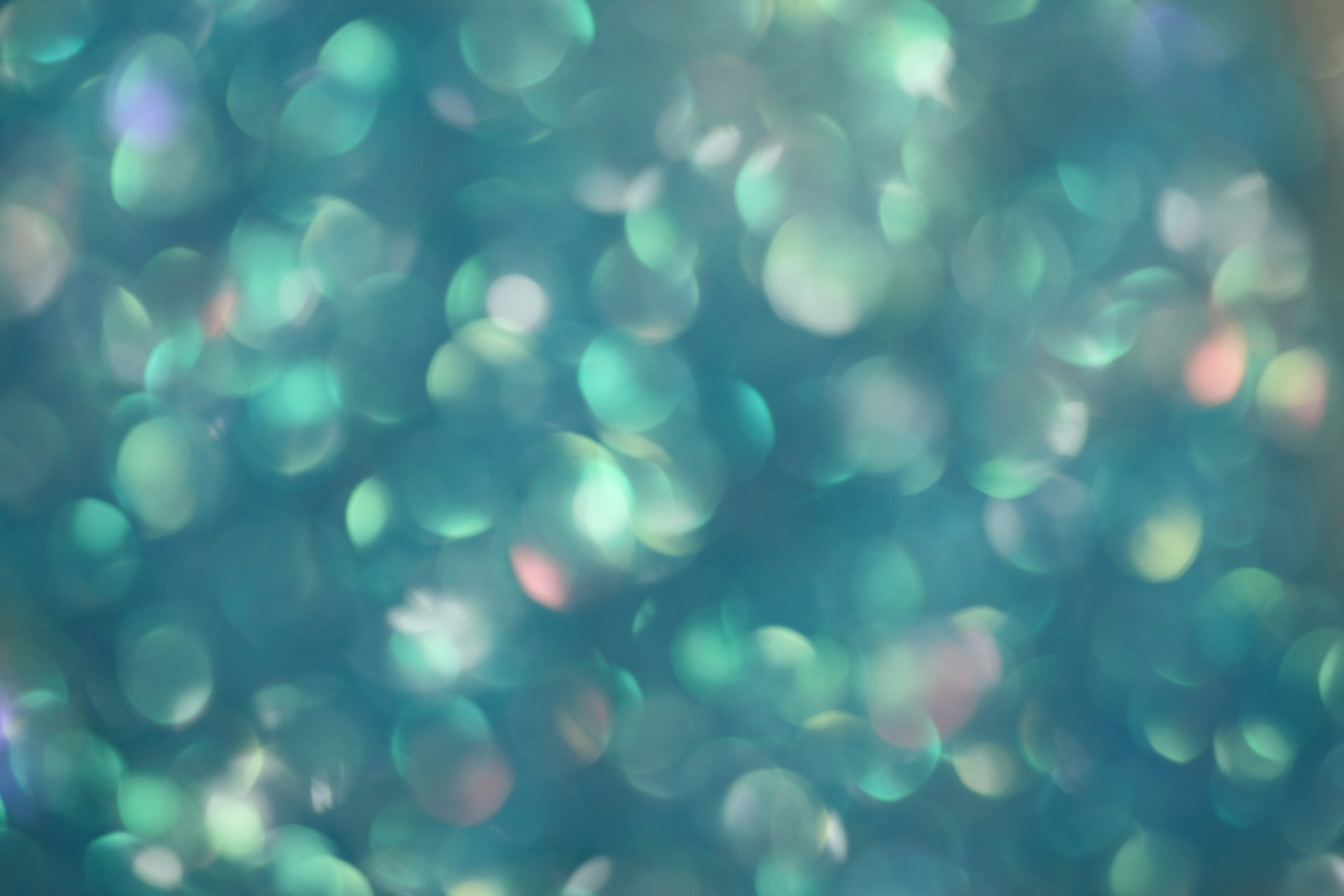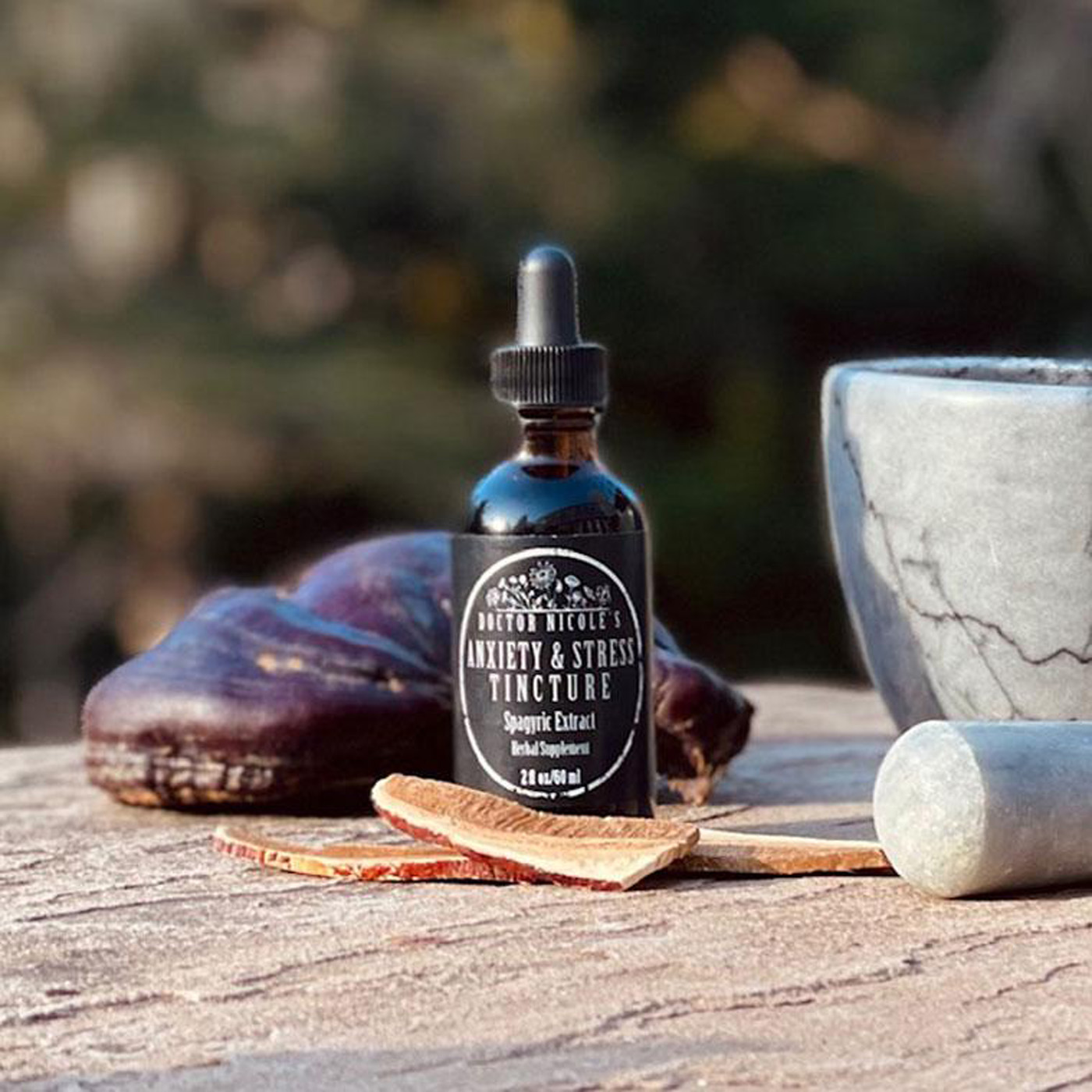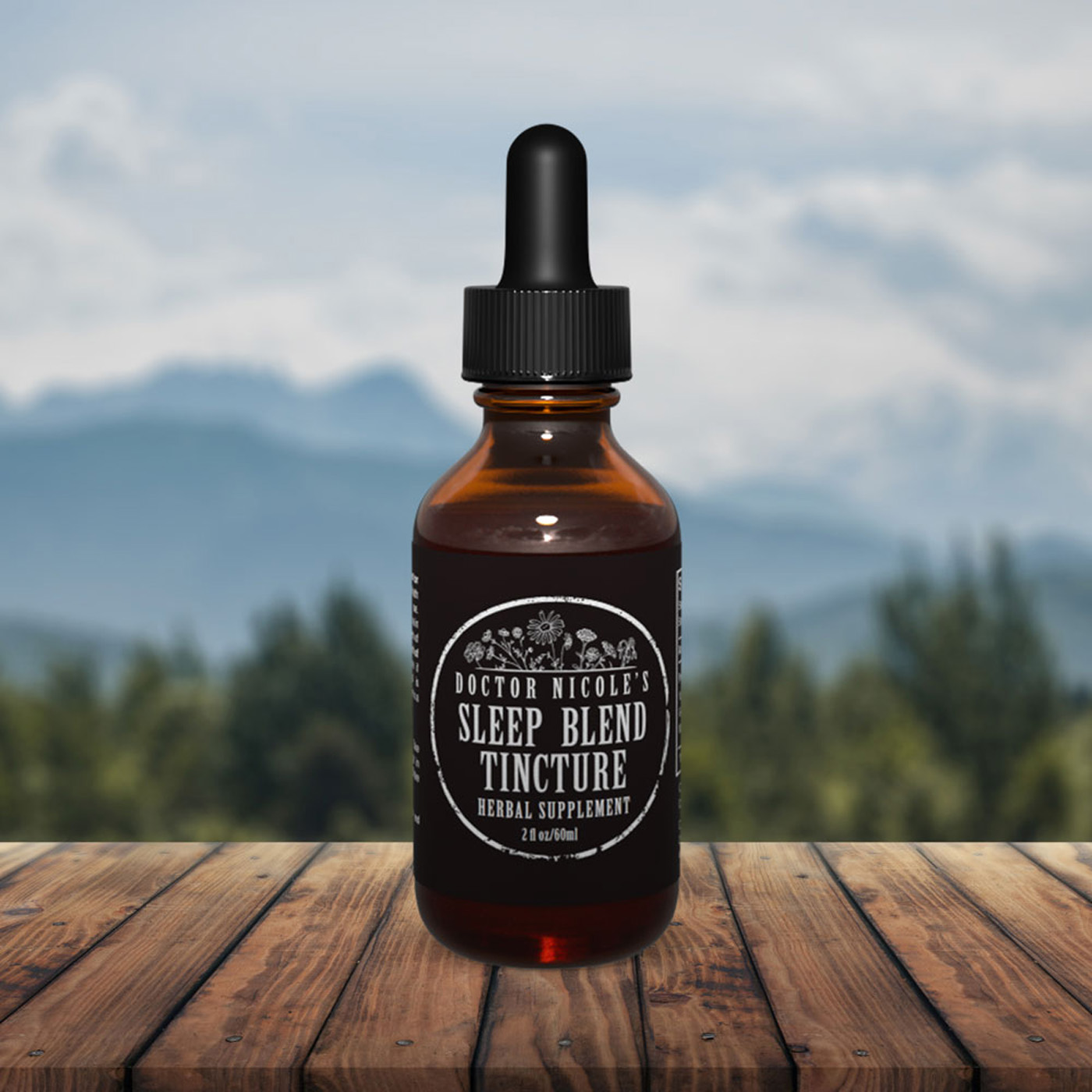An Ancient Healing Practice
The use of color to heal in chromotherapy dates back thousands of years and was utilized by the ancient civilizations of China, Greece, India, and Egypt. It is based on the observation that exposure to specific colors triggers subtle changes in mood and physiology. For anyone who has felt calm in a blue environment or more upbeat when exposed to yellow, this is chromotherapy at work.
While some may believe this is a placebo effect triggered by associations with certain colors, the science of color is real — largely because light is electromagnetic radiation and each color in the spectrum has its own wavelength and frequency that interacts with the human body when it enters through our skin and the eyes.

The Modern Use of Color Therapy
Chromotherapy is more common than you may think. Hospitals use blue light therapy to treat the jaundice that can arise in young babies. This is when high levels of bilirubin builds up in the blood and causes yellowing of the skin and eyes. The treatment involves the baby being placed under lamps that emit blue light while they sleep. Interestingly, the blue lightwaves help to efficiently clear bilirubin from their body.
Blue light can also improve1:
- Reflexes
- Overall mood
- Attention
- Alertness
However, it is for these very reasons that exposure to blue light from our devices should be avoided at least two hours before bedtime as it can disrupt your circadian rhythm, along with the production of sleep-inducing melatonin. Blue light in the evening is also associated with an increased risk of obesity, cancer, diabetes, and heart disease. 2,3,4
Exposure to green light can help to ease fibromyalgia, chronic pain, and migraines. Why? Studies have established that exposure to green light calms inflammation and pain by increasing the body’s production of enkephalins — opioid-like compounds with pain-killing properties. Incredibly, the pain-relieving effects lasted for up to 9 days for a single session in animal models.5
The therapy has been shown to be helpful for migraine headaches too. Rami Burstein, Ph.D., a professor of anesthesia and neuroscience at Harvard Medical School and vice chairman of neuroscience in the Department of Anaesthesia, Critical Care, and Pain Medicine at Beth Israel Deaconess Medical Center, found that nearly all colors of light aggravated the pain of migraines — except for green light. In fact, when participants were exposed to green light for 30 minutes up to several hours, it eliminated the headache altogether.6
What about red light therapy? As I wrote in this post, red light improves physical performance, tissue repair, collagen formation, and gut health. It also helps to reduce inflammation. Importantly, one study found those with Alzheimer’s, Parkinson’s, depression, or had suffered from a stroke experienced significant cognitive improvement after using red light therapy.7

Color in Nature
I’ve written extensively about the benefits of spending time in outdoor green spaces, such as a park, forest, or even in a backyard garden. The idea is the same as color light therapy in that it can calm the nervous system and improve chronic pain.
Blue spaces — waterfalls, rivers, lakes, streams, the sea — are also beneficial for reducing anxiety and stress, as well as lowering the risk of cardiovascular disease, obesity, and depression. See my post, “Cultivating Happiness & The Power of Blue Spaces” to learn more.
We can also utilize color in our homes to promote relaxation as well as joy, happiness, and sociability. Use soothing greens and blues to promote calm sleep in the bedroom, while warmer colors will energize the kitchen, along with your living and dining rooms.
Plant-Based Solutions: Anxiety & Stress
As we have seen, chromotherapy can ease stress and anxiety, plus boost your mood. However, there are seasons in life when we need a little extra help. This is why I created our potent Anxiety & Stress Blend.
Formulated to help your body adapt to stress, this powerful blend calms the nervous system, helps the body adapt to stress, and alleviates anxiety, depression, and stress-induced insomnia.
It also improves cognitive function and cools inflammation for optimal brain health. Use it up to 3 times daily — including at night if spinning thoughts are keeping you awake. For those seeking a dedicated sleep formulation, please see our Sleep Blend Tincture.
CALMS MY MIND DOWN
“So effective! I’ve been using mine, in combination with the Lemon Balm, and I actually can fall asleep within minutes of laying down rather than hours for the first time in years!” -Bustamove
If you are ready to change your life for the better, visit my apothecary today and learn more about this powerful formulation!
Nicole Apelian
Nicole’s Apothecary Products in this Post
References
- Alkozei, A., Smith, R., Pisner, D. A., Vanuk, J. R., Berryhill, S. M., Fridman, A., Shane, B. R., Knight, S. A., & Killgore, W. D. (2016). Exposure to Blue Light Increases Subsequent Functional Activation of the Prefrontal Cortex During Performance of a Working Memory Task. Sleep, 39(9), 1671–1680. https://doi.org/10.5665/sleep.6090
- Garcia-Saenz, A., Sánchez de Miguel, A., Espinosa, A., Valentin, A., Aragonés, N., Llorca, J., Amiano, P., Martín Sánchez, V., Guevara, M., Capelo, R., Tardón, A., Peiró-Perez, R., Jiménez-Moleón, J. J., Roca-Barceló, A., Pérez-Gómez, B., Dierssen-Sotos, T., Fernández-Villa, T., Moreno-Iribas, C., Moreno, V., García-Pérez, J., … Kogevinas, M. (2018). Evaluating the Association between Artificial Light-at-Night Exposure and Breast and Prostate Cancer Risk in Spain (MCC-Spain Study). Environmental health perspectives, 126(4), 047011. https://doi.org/10.1289/EHP1837
- Opperhuizen, A. L., Stenvers, D. J., Jansen, R. D., Foppen, E., Fliers, E., & Kalsbeek, A. (2017). Light at night acutely impairs glucose tolerance in a time-, intensity- and wavelength-dependent manner in rats. Diabetologia, 60(7), 1333–1343. https://doi.org/10.1007/s00125-017-4262-y
- Holzman D. C. (2010). What’s in a color? The unique human health effect of blue light. Environmental health perspectives, 118(1), A22–A27. https://doi.org/10.1289/ehp.118-a22
- Ibrahim, M. M., Patwardhan, A., Gilbraith, K. B., Moutal, A., Yang, X., Chew, L. A., Largent-Milnes, T., Malan, T. P., Vanderah, T. W., Porreca, F., & Khanna, R. (2017). Long-lasting antinociceptive effects of green light in acute and chronic pain in rats. Pain, 158(2), 347–360. https://doi.org/10.1097/j.pain.0000000000000767
- Noseda, R., Bernstein, C. A., Nir, R. R., Lee, A. J., Fulton, A. B., Bertisch, S. M., Hovaguimian, A., Cestari, D. M., Saavedra-Walker, R., Borsook, D., Doran, B. L., Buettner, C., & Burstein, R. (2016). Migraine photophobia originating in cone-driven retinal pathways. Brain : a journal of neurology, 139(Pt 7), 1971–1986. https://doi.org/10.1093/brain/aww119
- Hennessy, M., & Hamblin, M. R. (2017). Photobiomodulation and the brain: a new paradigm. Journal of optics (2010), 19(1), 013003. https://doi.org/10.1088/2040-8986/19/1/013003






